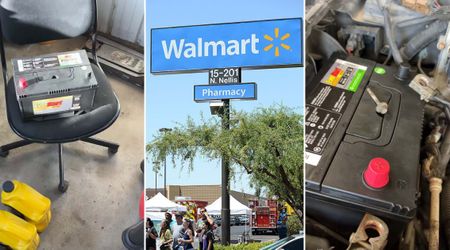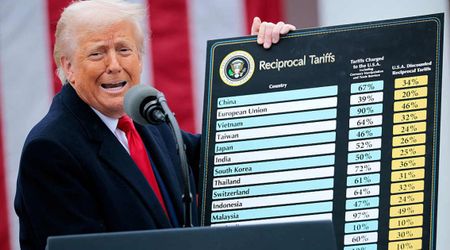Fraud Detection and Prevention Market to Reach $252.7 Billion by 2032

The fraud 'Detection and Prevention' market is set to reach $252.7 billion by 2032 according to a report published by Allied Market Research. The report suggested that the fraud detection and prevention industry generated $29.5 Billion in 2022, which is anticipated to swell to $252.7 Billion by 2032, witnessing a CAGR (Compound Annual Growth Rate) of 24.3 percent from 2023 to 2032. The report is titled, Fraud Detection And Prevention Market Research, 2032, and covers several aspects and verticals including, component (Solution & Service), organizational Size (Large Enterprises and Small & Medium Enterprises), deployment mode (On-premise and Cloud), industry vertical (BFSI, IT and Telecom, retail, healthcare, government and defense, manufacturing, transportation and logistics, and others.

What is fuelling the growth?
As per the report, big data analytics and cloud computing services along with an upsurge in mobile payment are behind the boost in growth of the fraud detection and prevention market. Further, continuous technological advancements are expected to generate lucrative opportunities in the industry.
Also, businesses and companies were forced to shift their operations to a remote framework due to the COVID-19 pandemic. This prompted the implementation of bring your device (BYOD) policy over enterprise-owned equipment which led to more exposure to cyber-attacks. Further, several verticals including retail and healthcare adopted IoT-connected technologies, which are prone to cyber-attacks and frauds.

All these factors have led to an increase in demand for fraud detection and prevention solutions to provide the necessary security from fraudulent transactions. Work-from-home policies also led to an increase in cloud-based solutions, which positively impacted the market growth. However, the high cost of fraud detection and prevention solutions is considered to be a limiting factor for growth.
Which region is set to dominate the market share?
North America held the largest share of the market accounting for more than one-third of the global fraud detection and prevention market revenue in 2022. The growth is expected to be propelled by the increase in the usage of fraud detection and prevention solutions to improve customer experience.

However, in terms of growth, the Asia-Pacific region is expected to witness the fastest CAGR of 28.8 percent from 2023 to 2032. The surge in the use of mobile data for various applications such as social media and mobile banking will further increase the adoption of fraud detection and prevention solutions in the region.
Solution segment to bag the highest market share
The solution segment held the highest market share in 2022, with nearly two-thirds of the market revenue and it is set to maintain its leadership status till 2032. Increasing instances of security breaches and cyber-attacks will be the driving factor for segment growth. As fraud detection and prevention services help reduce time and costs, the service segment is projected to post a high CAGR of 28.0 percent from 2023 to 2032.
Which is the leading deployment method for solutions?
Based on deployment mode, the on-premises segment held the largest market share in 2022 and it is set to maintain its market leadership till 2032. Since the on-premises deployment method provides many benefits in terms of security, flexibility, and customization, it contributed to more than three-fifths of global fraud detection and prevention market revenue.

However, the on-premises deployment method is set to be overshadowed by the cloud segment as it is expected to post the fastest CAGR of 28.0 percent from 2023 to 2032. This is because the adoption of cloud-based fraud detection and prevention solutions among large and medium-sized enterprises is expected to continually increase contributing to the growth of the segment.
Large enterprises lead the growth
Large enterprises held the highest market share in 2022, nearly two-thirds of the total market revenue, and are estimated to maintain their leadership status. The rising complexity of systems, cyber risks, and threats in business processes has led to the increased deployment of fraud detection and prevention solutions in large enterprises.
However, going forward, the small and medium-sized enterprises segment is projected to post the highest CAGR of 28.6 percent from 2023 to 2032 as per the report. This is expected to be driven by the implementation of cost-effective security solutions such as encryption, risk & compliance, and incident management solutions in SMEs.
BFSI to maintain leadership status
The report suggests that among the several verticals, the BFSI (Banking, Financial Services and Insurance) segment accounted for more than one-fourth of the total market revenue, and is estimated to maintain its leadership status in the future as well. Factors such as cyber-attacks, card skimming, SMS phishing, malware, viruses and Trojans, identity thefts, website cloning, and cyberstalking in the BFSI sector have fuelled the adoption of fraud detection and prevention solutions.

Meanwhile, the retail segment is projected to post the highest CAGR of 32.7 percent from 2023 to 2032. This is fuelled mainly by the increasing use of mobiles and the Internet across the retail sector.




















